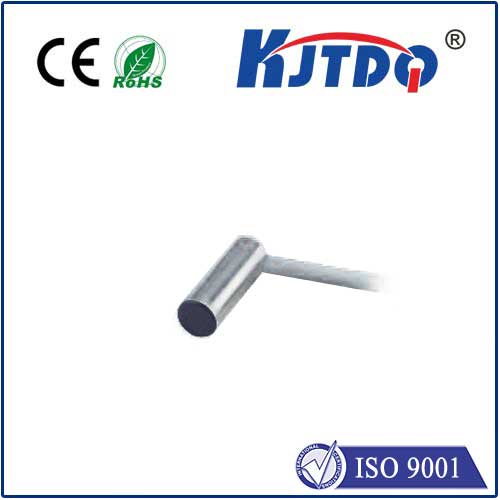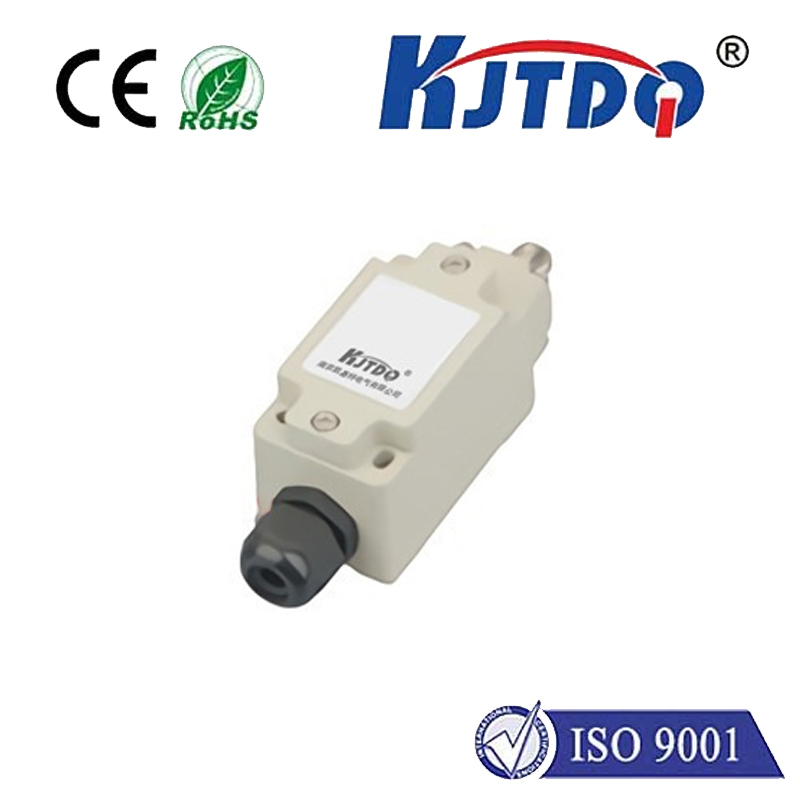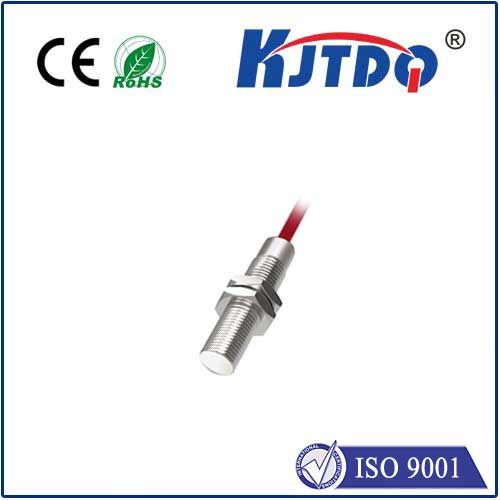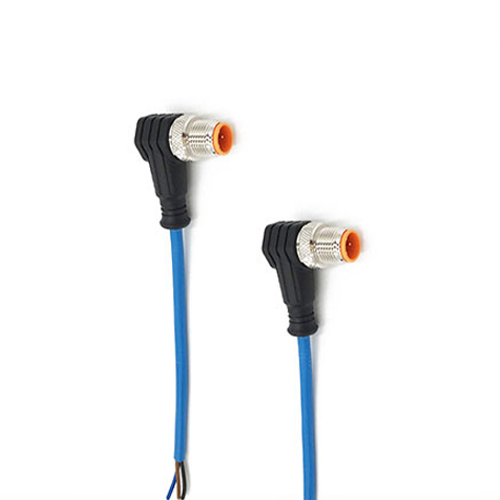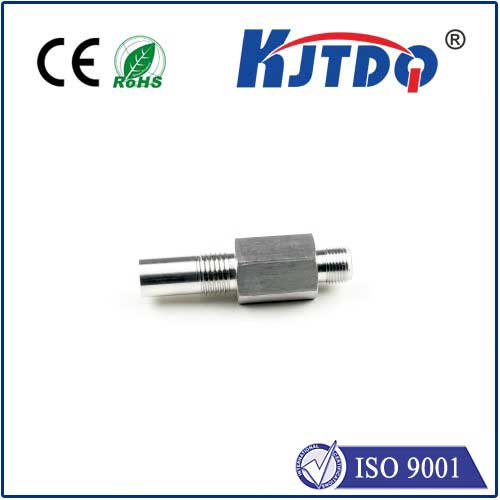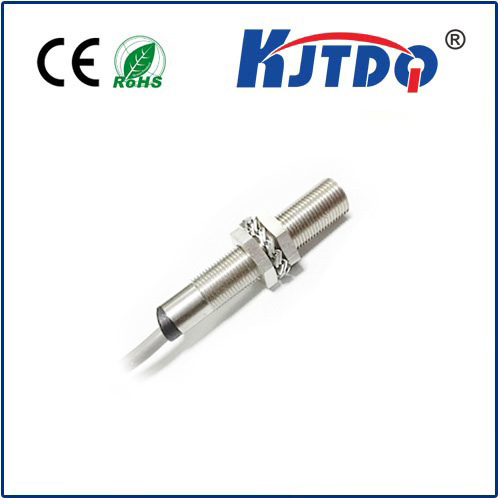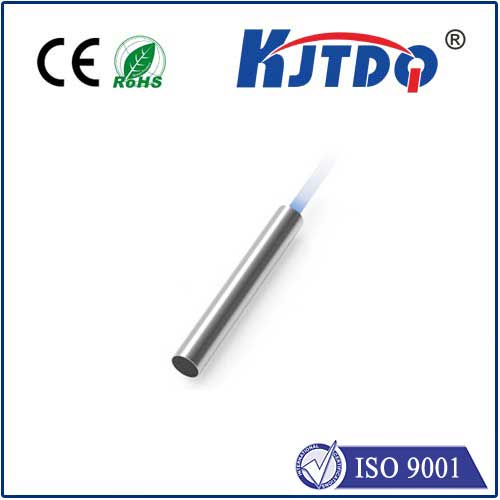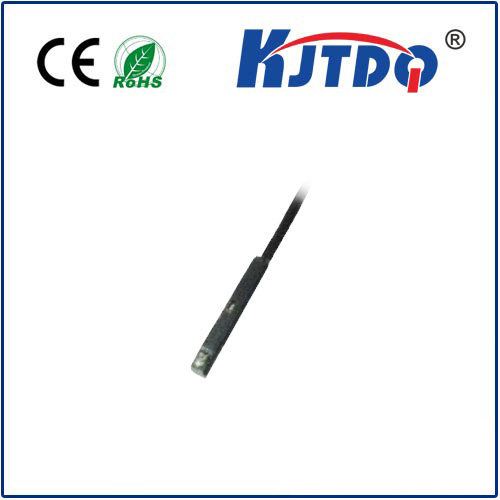

check

check

check

check

check

check

check

check

check

check
Title: Understanding Emergency Limit Switches: A Comprehensive Guide
Introduction:
Emerggency limit switches are essential safety devices used in various industries to prevent accidents and ensure the safe operation of machinery. In this article, we will discuss what emergency limit switches are, their function, types, installation, and maintenance. By the end of this guide, you will have a clear understanding of how emergency limit switches work and their importance in ensuring workplace safety.
What Are Emergency Limit Switches?
An emergency limit switch is a manual or automatic control device that stops the movement of a machine or system when it reaches a predefined limit. It is designed to protect the equipment from damage caused by overvoltage, overcurrent, overloading, or other potential hazards. When the machine or system reaches its limit, the emergency limit switch triggers an alarm or sends a signal to the operator, indicating that it is time to stop or take corrective action.
Function of Emergency Limit Switches:
The primary function of emergency limit switches is to provide early warning and protection against hazardous conditions in machines and systems. They help to prevent equipment failure, damage, and injury by interrupting the flow of materials and preventing further damage. In addition to stopping the machine, emergency limit switches can also trigger other safety features, such as power shut-offs, fire suppression systems, and alarms.
Types of Emergency Limit Switches:
There are two main types of emergency limit switches: mechanical and electronic. Mechanical emergency limit switches use levers or buttons to activate the mechanism, while electronic emergency limit switches use sensors to detect the presence of danger. Both types of switches can be manual or automatic and can be installed on various types of machinery and systems, including industrial robots, cranes, conveyors, and electrical panels.
Installation of Emergency Limit Switches:
The installation of emergency limit switches requires proper planning and attention to detail. The switches should be installed at strategic locations along the path of travel for the machine or system being protected. The location should be determined based on the type of equipment, operating conditions, and potential hazards. Once installed, the switches should be calibrated correctly to ensure accurate detection and response to dangerous conditions.
Maintenance of Emergency Limit Switches:
To ensure the proper functioning of emergency limit switches, regular maintenance is crucial. This includes checking the switches for any signs of wear or damage, cleaning them regularly to remove dirt and debris, and ensuring they are free from rust or corrosion. Additionally, periodic testing of the switches should be conducted to confirm their accuracy and reliability in detecting dangerous conditions. Failure to maintain emergency limit switches can result in incorrect responses, leading to equipment failure or injury.
Conclusion:
Emergency limit switches play a vital role in protecting workers and ensuring workplace safety by preventing accidents caused by hazardous conditions. Their function is essential in safeguarding against equipment failure, damage, and injury. By understanding their types, installation, and maintenance requirements, employers and operators can ensure that emergency limit switches are properly installed and maintained to minimize risks and improve safety in their workplaces.
